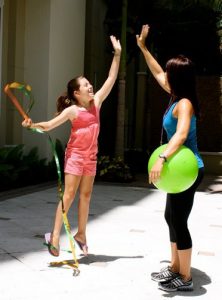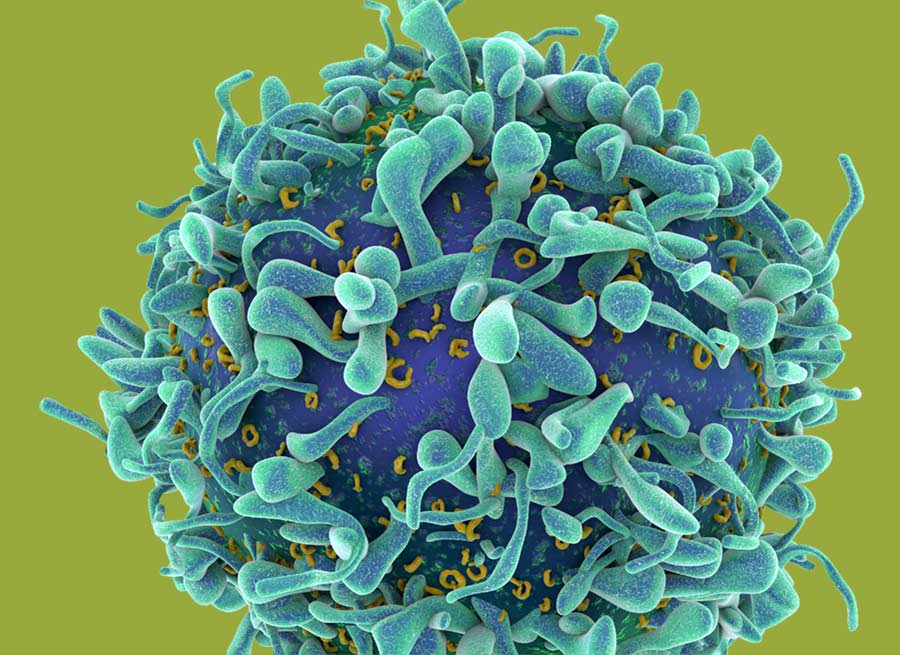It’s “Back to school” time and that brings challenges in keeping kids active and healthy in the 21st century. In decades past, school provided much more than academic education; it also provided an environment conducive to the development of social and life skills. Lessons learned on the playground included important social skills such as cooperation, teamwork, conflict resolution, and peer communication. Physical education class provided an outlet to release energy, and establish the important lifestyle habit of physical activity on a daily basis.

The author at work (and play)
With recess and physical activity time being cut to make more time for classroom learning, the struggle to keep kids healthy and active is harder than ever before. The sad truth is kids are expected to spend the majority of their day “sitting”, contributing to skyrocketing childhood obesity rates and overall health concerns — including increased cancer risk — for our next generation.
That said, the challenges don’t end when the bell rings. Kids today have succumbed to the “technology takeover”, spending more time living in the “virtual” world than in the real one. While kids in previous generations would play outside afterschool until dinner time, kids today run home to video games, television shows, text messages, and social media, increasing the amount of time they are sedentary.
We all recognize the issues and we want to overcome them, but what motivates a child to want to be active? To answer this question we must remove our “adult” motivations (lose weight, maintain health, prevent disease, look great), and think through the eyes of a child. For the most part, the motivating factors for adults are not on the forefront of a child’s mind. Rather, kids just want to have fun!
The biggest motivator for kids is play and interaction with their peers. Youth do not yet grasp physical implications of inactivity – as they do not think much past the present at this age. Rather, they by nature enjoy “play” and engaging with other kids, allowing an outlet for expression. In addition, they enjoy mastering new skills and becoming better at skills they already have. Extracurricular activities should encourage and motivate children by using their names in phrases like “Wow Jack! You are jumping higher than last class!” “Great throw Jane! That went way farther than the last time!” “BOB! You are SUPER fast!”
If you are finding yourself struggling to keep your child active, consider these motivating factors when evaluating an extracurricular activity, or your own family fitness routine.
Motivators:
- Play and FUN: an activity that is non-threatening, success-orientated and exciting
- Social Interaction: provides ability to relate to peers and express themselves in a supportive, positive environment
- Physical skills and competence: children are excited to master skills such as balancing, jump rope, climbing, crawling, running, etc.
Beth Vazquez is an ACSM certified personal trainer, certified Youth Fitness Specialist, and the owner and founder of Recess & Results. Beth holds a masters degree in Sport + Exercise Psychology and has made her passion for youth and family wellness her work via the Recess & Results business she operates. You can connect with her on Instagram and Facebook.






We need to teach our kids to be mindful when it comes to food. This is a practice that needs to be incorporated in kids from a young age. They should know how to associate what they eat, with how it makes them feel. Ask them to name those feelings. If your kid consumes too much sugar, he will become hyper and you need to make sure he understands that and then maybe put him on a time out. This will ensure the consumption of more healthy foods in the future.